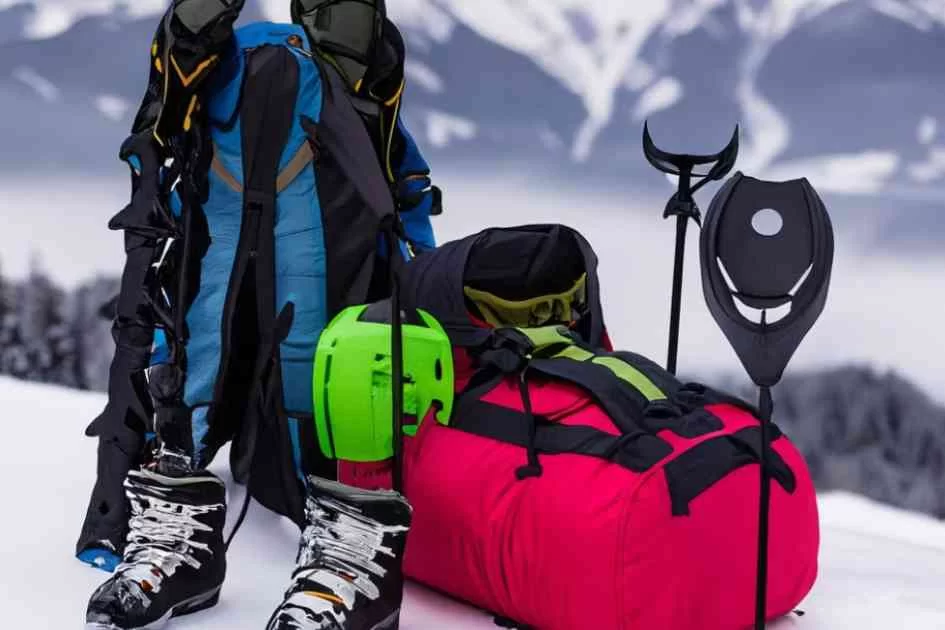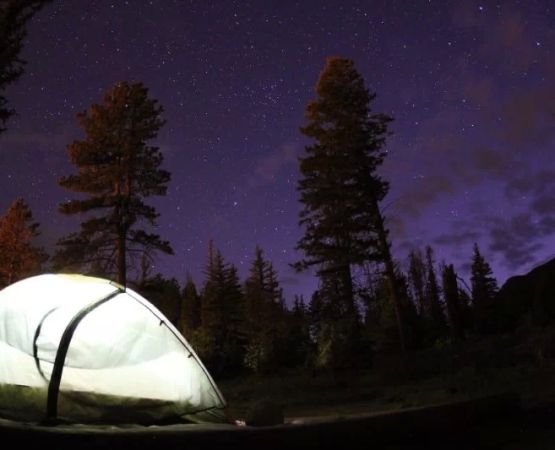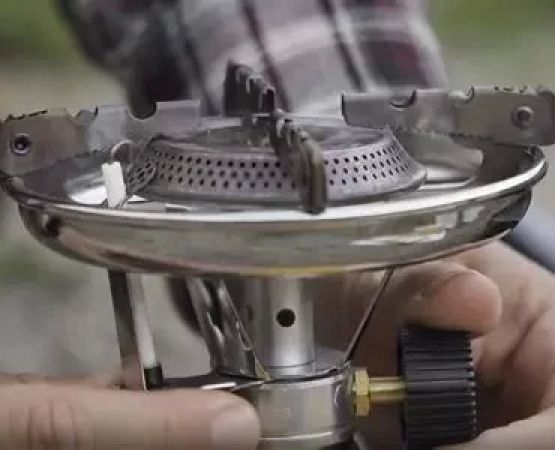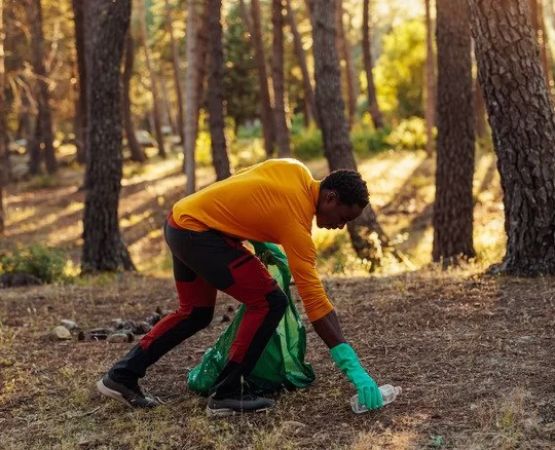- Cold Weather Camping Overview
- Essential Camping Gear for Cold Weather
- Choosing the Right Winter Sleeping Bag
- Cold Weather Tents and Shelters
- Winter Clothing and Layers
- Cooking and Lighting for Cold Weather
- Real-Life Cold Weather Camping Experience
Cold Weather Camping Overview
Cold weather camping can be a magical experience, but it also comes with unique challenges that require the right preparation. If you're planning a winter camping trip, it’s important to be well-equipped to handle extreme temperatures. The best camping gear for cold weather is essential for ensuring warmth, safety, and comfort in harsh conditions. In this article, we will explore the top gear you need for cold weather camping, including tents, sleeping bags, clothing, and much more.
Essential Camping Gear for Cold Weather
The key to a successful cold weather camping trip lies in having the right equipment. Some items are non-negotiable when it comes to ensuring your comfort and safety, so let’s take a closer look at what gear you need for winter adventures.
1. Insulated Tent
When camping in cold weather, an insulated tent is your first line of defense against the elements. A high-quality, four-season tent will help keep you warm and dry. Look for tents that feature extra insulation, wind-resistant materials, and a sturdy frame designed to withstand heavy snow and strong winds.
2. Cold Weather Sleeping Bags
A sleeping bag rated for cold weather is absolutely necessary for winter camping. Sleeping bags designed for temperatures well below freezing will keep you warm even when the temperature drops drastically at night. Ensure the bag is rated for at least 10°F lower than the expected low temperatures for added safety.
Choosing the Right Winter Sleeping Bag
When choosing a sleeping bag for cold weather, there are a few factors to consider to make sure you’re picking the right one:
1. Temperature Rating
Winter sleeping bags are typically rated by the temperature they are designed to handle. Make sure to choose one rated for at least 10°F lower than the temperatures you expect during your trip.
2. Insulation Type
Sleeping bags come with two main types of insulation: down and synthetic. Down insulation is lighter and more compact, but synthetic insulation retains its insulating properties even when wet, making it a good choice for wet conditions.
Cold Weather Tents and Shelters
Aside from sleeping bags, your tent plays a crucial role in protecting you from the cold. Cold weather tents are specifically designed to handle heavy snowfall and freezing temperatures. These tents are built with durable, weather-resistant materials and often include extra features like snow skirts and double walls to keep the warmth inside.
1. Double-Wall Tents
Double-wall tents offer extra insulation and protection against wind and moisture, making them ideal for winter camping. The outer layer prevents snow and rain from reaching the inner layer, keeping you dry and warm inside.
Winter Clothing and Layers
Layering is essential when it comes to staying warm in cold weather. The best camping gear for cold weather includes thermal clothing, moisture-wicking base layers, and outer layers designed to protect you from wind and snow.
1. Base Layer
Your base layer should consist of moisture-wicking fabrics like merino wool or synthetic materials. These materials pull sweat away from your skin, preventing you from getting chilled when you stop moving.
2. Mid Layer
For your mid-layer, choose insulating materials like fleece or down. This layer provides warmth without being too bulky, allowing you to move freely.
3. Outer Layer
The outer layer should protect you from wind, snow, and rain. A waterproof, windproof jacket is essential, as is a durable pair of pants. Be sure your gear includes enough insulation to retain heat in extreme conditions.
Cooking and Lighting for Cold Weather
Cooking in cold weather can present additional challenges, as fuel efficiency can be impacted by low temperatures. Make sure to bring a reliable stove and keep your fuel stored at warm temperatures to ensure it works effectively.
1. Camp Stove
Look for a camp stove that can handle low temperatures and will continue to function even in freezing conditions. Liquid fuel stoves are often more reliable than canister stoves in cold weather.
2. Lighting
Headlamps and flashlights are a must for winter camping. LED lights with long battery life are ideal, as cold weather can cause batteries to drain faster. Always bring extra batteries and store them in a warm place.
Real-Life Cold Weather Camping Experience
Many campers have shared stories of their winter adventures, and these can provide valuable insights into what works and what doesn’t when camping in freezing temperatures. One such story is of a couple who ventured into the backcountry of Colorado in December, armed with high-quality winter camping gear. Despite facing temperatures as low as -20°F, they were able to stay warm and comfortable throughout their trip, thanks to their insulated tent, warm sleeping bags, and layered clothing. They also made sure to keep their stove in a sheltered spot to prevent it from freezing, which allowed them to cook warm meals and stay energized during their trek.
To ensure you have a similar successful experience, be sure to plan ahead, test your gear before you go, and know what to do in case of an emergency.







